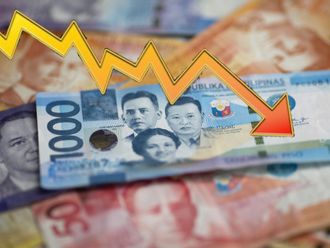
Shareholders of Nvidia certainly had a lot to celebrate over the last year and which reinforced the opinion that the technology sector is the only sector worth investing in.
However, more astonishing has been the fact that two US based utility companies - Vistra and Constellation - had outperformed Nvidia by a considerable margin. In fact, over the last few months, the utility index has been neck-to-neck with the technology sector.
Why has this been the case? The typical reason that has been given is the huge demand for power that is needed to fuel the growth in AI, and from which the traditionally staid utility sector stands to benefit the most.
Back to traditional sectors
Whilst this is true, less commented on is the fact that valuations have also played a role. As sector rotation continues to take place, there is a creeping realization in the market that the new drivers of wealth creation may well be the traditional sectors that have been overlooked, especially as consumer preferences shift towards a more defensive outlook given the prospects of interest rates and inflation.
Paradoxically, the recent interest in utility stocks has not much to do with defensive strategies but rather of valuation arbitrage, as Dubai moves towards being the hub for crypto assets, hedge funds and AI, and the data centers that are required to fuel this growth.
Of course, none of this has thus far applied to the domestic capital markets, where real estate, banking and the new IPOs. (Where both defensive companies like Salik and Parkin, as well as the more tech oriented AI companies like Bayanat and Presight have outperformed).
DEWA’s valuation fundamentals
Lost in the noise has been the valuation fundamentals of utility companies such as DEWA, Empower and Tabreed, which also stand to gain immensely as demand for power surges. Even well beyond the organic population growth drivers and where the balance-sheet fundamentals are strong enough to fund the needs of rapidly rising demand.
Few, if any, think that the traditional utility stocks known for their dividend plays will suddenly re-rate themselves higher in terms of valuation. But this is clearly where the puck is going as the demand for cloud computing increases the demand for data centers, which will in turn require rapid expansion.
In fact, as interest rates have risen, investors have taken home less in dividends from utility companies than they have from US Treasuries. Yet, the sector has been the focus of institutional investors.
In the UAE, companies like DEWA have long adopted AI into their business models as a way to forecast demand, and planned ahead by implementing public-private sector partnerships, alongside their own expansion as a way to meet the surge in demand that is taking place.
The monopolistic structure of the market bolsters the proposition, and there seems to be a steady accumulation that has already started to take place. The risk: AI demand may well turn out to be more hype than substance. Even in that case, the valuation differentials imply that the utility sector remains the safer and more profitable bet. The other factor to consider is the buildout costs and the debt required to fund these somewhat inflationary expansions plans.
The utility companies in the UAE remain well funded, have ample reserves, and generate enough profitability to comfortably meet such an increase. The fact that this has not been factored into the prices as yet is a gift that is there for the taking. Unlike in the US, analyst coverage is still catching up, as is the liquidity in the secondary markets. But it remains one of the more obvious bets for investors to take as we embark on the mid year earnings season.
Domestic utility companies may well be the new bets on growth - and the earnings are expected to reflect as much, leaving it only a matter of time before the public markets catch on. For the money-minded investor, the rotation, not only in terms of sector but also in terms of geographical reallocation, is clear as a bell.













